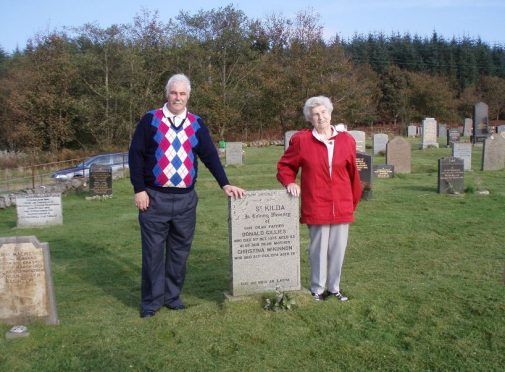The last native St Kildan has died.
Rachel Johnson, 93, was eight years old when the remaining 36 residents were evacuated from the remote archipelago in 1930.
A very private person, she lived out the last years of her life in a care home in Clydebank.
Mrs Johnson was born on St Kilda in July 1922 and was a child at the time of the evacuation aboard HMS Harebell on August 29 1930.
She settled in Clydebank where she was married.
It was said that while her memory was not faultless, the mere mention of St Kilda brought a smile to her face.
She occasionally attended St Kilda reunions over the years – and is featured in a photograph of St Kildans returning to the archipelago in 1980 to mark the 50th anniversary of the evacuation.
St Kilda is now owned by the National Trust for Scotland.
Alexander Bennett, the trust’s general manager for countryside and islands north said: “It is a sad day and truly the end of an era to learn that the last of the native St Kildans has passed away.
“I was privileged enough to have met Rachel on a number of occasions. She was intensely private but extremely kindly.
“On behalf of the National Trust for Scotland and all who care for St Kilda, we offer our condolences to her family and many friends.”
St Kilda sits in the outermost reach of the Outer Hebrides, 110 miles off the west coast of Scotland. Cut-off by stormy seas for up to nine months of the year.
The St Kildans had clung to their basic existence in almost unimaginable conditions. Isolated and battered by a hostile climate, they survived largely by scaling sheer cliff faces to catch the plentiful gannets, fulmars and puffins, and farmed meagre crops.
In 1912 there were acute food shortages and in 1913 an outbreak of influenza.
During the First World War a naval detachment arrived on St Kilda, resulting in regular deliveries of mail and food. But when these services were withdrawn at the end of the war feelings of isolation increased, leading to more emigration and a breakdown of the island economy.










